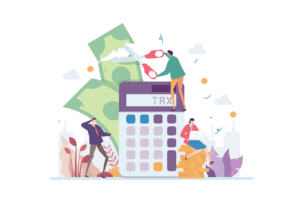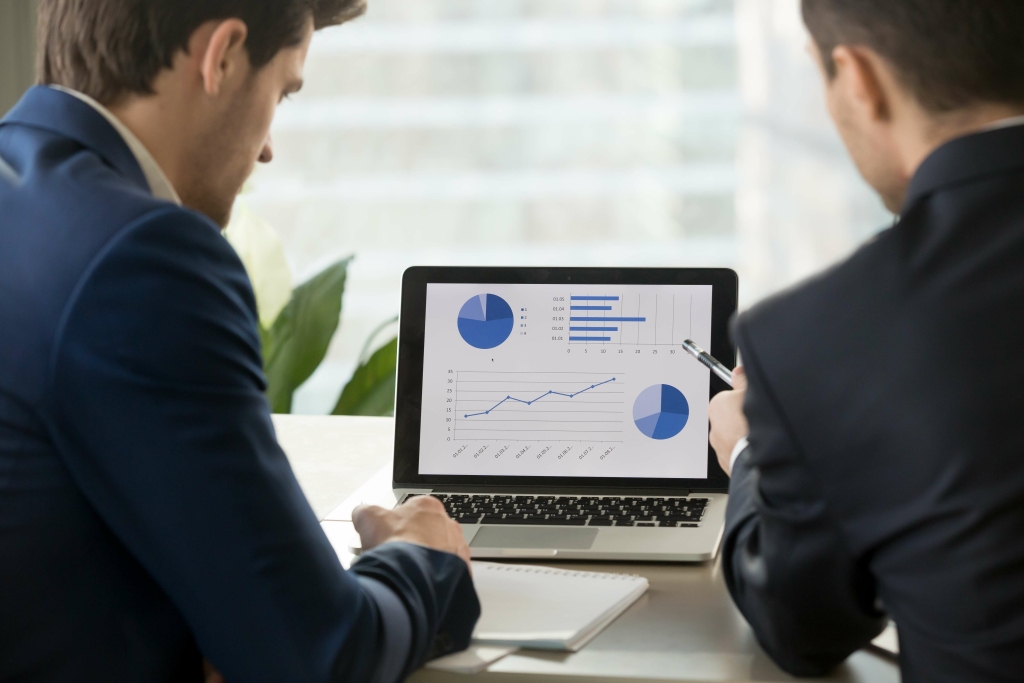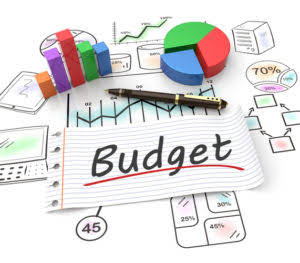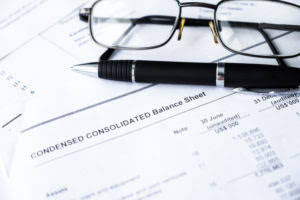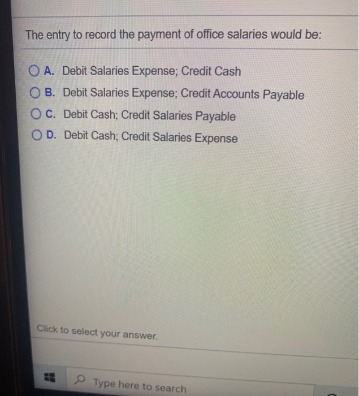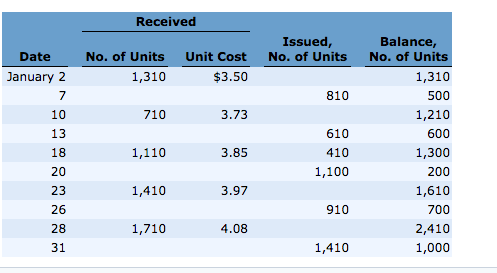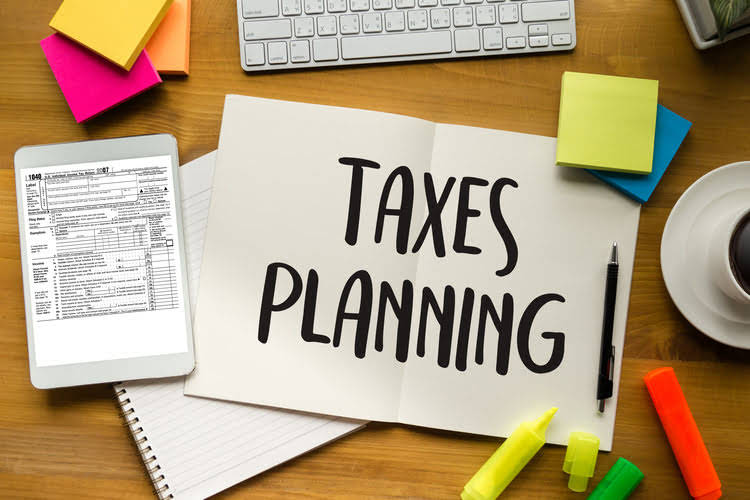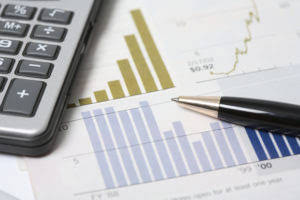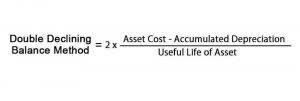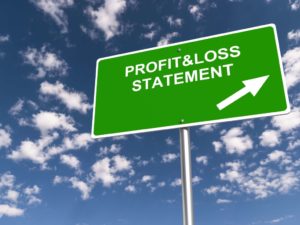You calculate your business’s overall current ratio by dividing your current assets by your current liabilities. A low current ratio may indicate the company is not able to cover its current liabilities without having to sell its investments or delay payment on its own debts. In simplest terms, it measures the amount of cash available relative to its liabilities. Current ratios are not always a good snapshot of company liquidity because they assume that all inventory and assets can be immediately converted to cash. In such cases, acid-test ratios are used because they subtract inventory from asset calculations to calculate immediate liquidity. The Current Ratio provides valuable insights into a company’s liquidity.
Great! The Financial Professional Will Get Back To You Soon.
Current assets refers to the sum of all assets that will be used or turned to cash in the next year. Current liabilities are obligations that are to be settled within 1 year or the normal operating cycle. Get instant access to video lessons taught by experienced investment bankers. Learn financial statement modeling, DCF, M&A, LBO, Comps and Excel shortcuts. The increase in inventory could stem from reduced customer demand, which directly causes the inventory on hand to increase — which can be good for raising debt financing (i.e. more collateral), but a potential red flag. These typically have a maturity period of one year or less, are bought and sold on a public stock exchange, and can usually be sold within three months on the market.
How to calculate the current ratio
The current ratio can be a 4 best monthly financial management report template useful measure of a company’s short-term solvency when it is placed in the context of what has been historically normal for the company and its peer group. It also offers more insight when calculated repeatedly over several periods. A current ratio that is in line with the industry average or slightly higher is generally considered acceptable.
What is a Chart of Accounts? A How-To with Examples
A company with a current ratio of less than one doesn’t have enough current assets to cover its current financial obligations. XYZ Inc.’s current ratio is 0.68, which may indicate liquidity problems. For example, a company’s current ratio may appear to be good, when in fact it has fallen over time, indicating a deteriorating financial condition.
Which of these is most important for your financial advisor to have?
We follow strict ethical journalism practices, which includes presenting unbiased information and citing reliable, attributed resources. So, a ratio of 2.65 means that Sample Limited has more than enough cash to meet mj ahmed cpa its immediate obligations. For instance, the liquidity positions of companies X and Y are shown below. XYZ Company had the following figures extracted from its books of accounts.
The current ratio or working capital ratio is a ratio of current assets to current liabilities within a business. However, special circumstances can affect the meaningfulness of the current ratio. For example, a financially healthy company could have an expensive one-time project that requires outlays of cash, say for emergency building improvements. Because buildings aren’t considered current assets, and the project ate through cash reserves, the current ratio could fall below 1.00 until more cash is earned. You’ll want to consider the current ratio if you’re investing in a company. When a company’s current ratio is relatively low, it’s a sign that the company may not be able to pay off its short-term debt when it comes due, which could hurt its credit ratings or even lead to bankruptcy.
- For instance, the liquidity positions of companies X and Y are shown below.
- You can find them on your company’s balance sheet, alongside all of your other liabilities.
- The current ratio is a liquidity and efficiency ratio that measures a firm’s ability to pay off its short-term liabilities with its current assets.
The range used to gauge the financial health of a company using the current ratio metric varies on the specific industry. In this example, although both companies seem similar, Company B is likely in a more liquid and solvent position. An investor can dig deeper into the details of a current ratio comparison by evaluating other liquidity ratios that are more narrowly focused than the current ratio. One limitation of the current ratio emerges when using it to compare different companies with one another. Businesses differ substantially among industries; comparing the current ratios of companies across different industries may not lead to productive insight. To see how current ratio can change over time, and why a temporarily lower current ratio might not bother investors or analysts, let’s look at the balance sheet for Apple Inc.
If all current liabilities of Apple had been immediately due at the end of 2021, the company could have paid all of its bills without leveraging long-term assets. Though they may appear to have the same level of risk, analysts would have different expectations for each company depending on how the current ratio of each had changed over time. In the first case, the trend of the current ratio over time would be expected to harm the company’s valuation. Meanwhile, an improving current ratio could indicate an opportunity to invest in an undervalued stock amid a turnaround. It’s the most conservative measure of liquidity and, therefore, the most reliable, industry-neutral method of calculating it. Ratios lower than 1 usually indicate liquidity issues, while ratios over 3 can signal poor management of working capital.
What counts as a good current ratio will depend on the company’s industry and historical performance. Current ratios over 1.00 indicate that a company’s current assets are greater than its current liabilities, meaning it could more easily pay of short-term debts. A current ratio of 1.50 or greater would generally indicate ample liquidity. In other words, the current ratio is a good indicator of your company’s ability to cover all of your pressing debt obligations with the cash and short-term assets you have on hand. It’s one of the ways to measure the solvency and overall financial health of your company.


